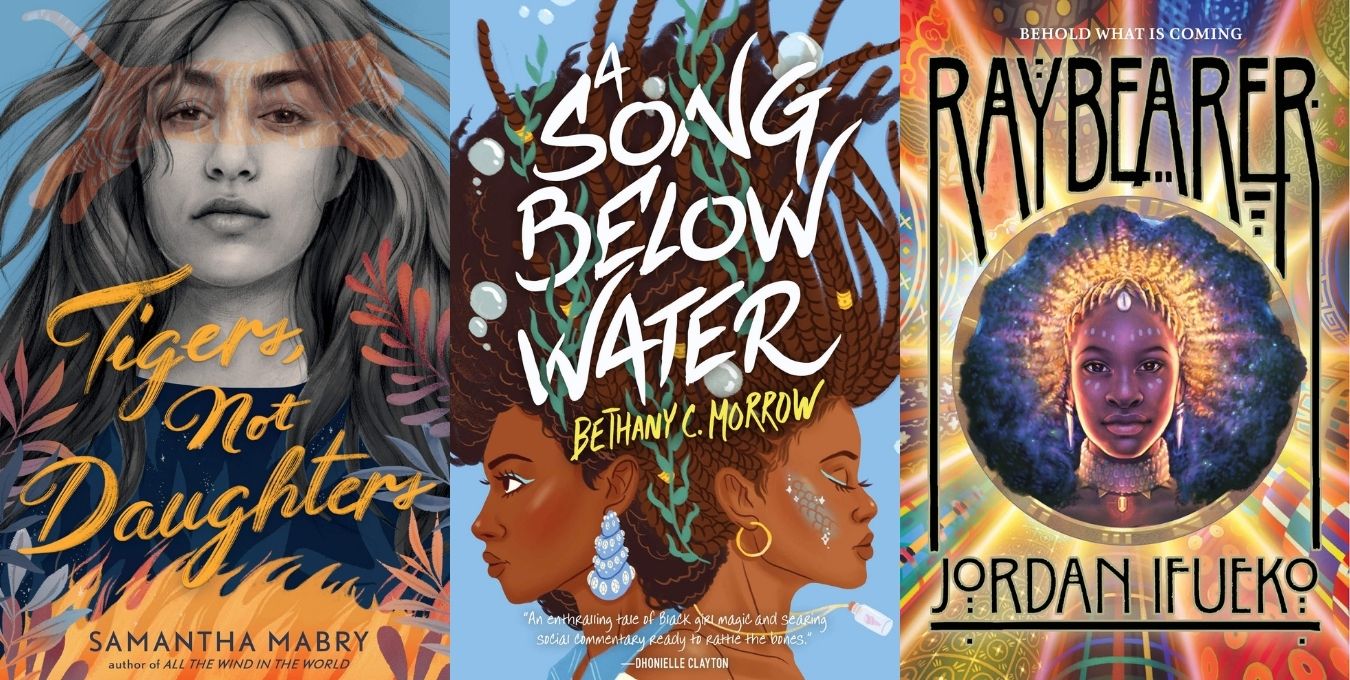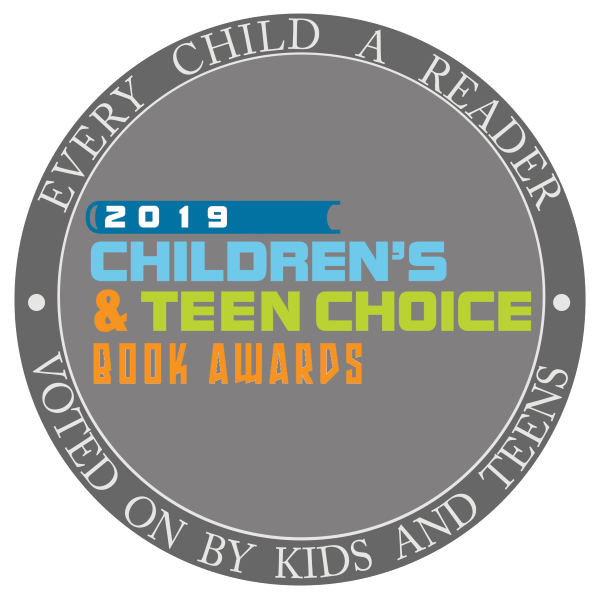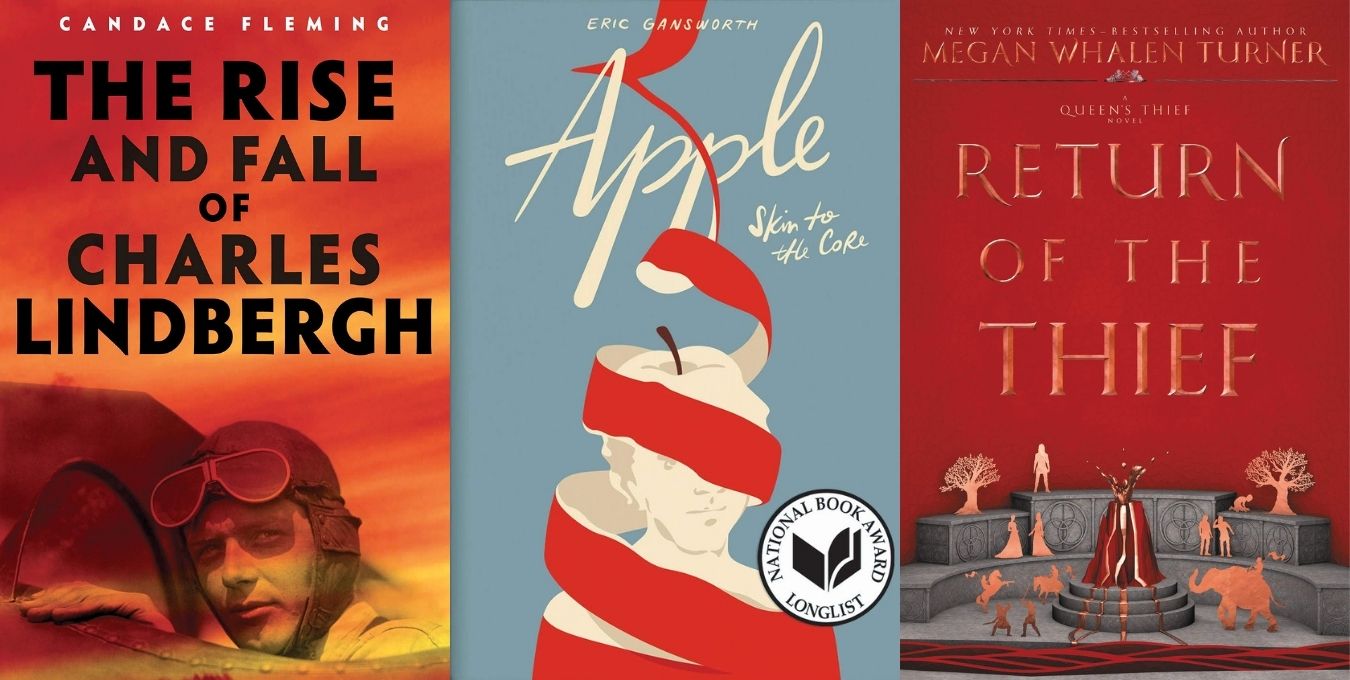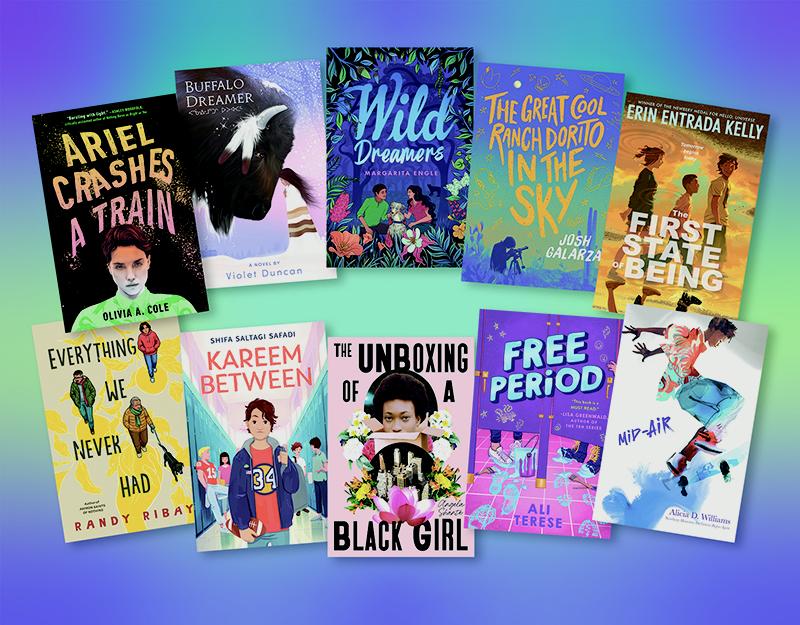Review of the Day: Ice by Arthur Geisert
 Ice
Ice
By Arthur Geisert
Enchanted Lion Books
$14.95
ISBN: 978-1-59270-098-1
For ages 5 and up
On shelves now
Me and Arthur Geisert, Arthur Geisert and I . . . I wouldn’t say we’ve ever connected, exactly. Over the years I’ve had a hard time getting a grasp on his particular brand of picture book creation. I’m a librarian. I like categories and slots and easy ways to organize my thoughts on one person or another. Geisert sort of rejects that whole idea. His picture books work in and of themselves, but they don’t pander. You don’t pick up a work by the man and feel that it’s trying to ingratiate itself with you. There’s something vaguely unnerving, almost European, about this. We Americans are used to books dipped in glitter and outrageous characters that scream across crowded bookstores and libraries, “PICK ME!!! PICK ME!! I’M THE ONE!!!!” Arthur Geisert books, in comparison, sit quietly in amongst themselves playing a hand of Pinochle or, if they’re feeling particularly daring, maybe a round of Hearts. Should you choose to pick one up to read, it will tip its hat politely to you but make no attempt to smoother you with its marvelousness. All this came to mind when I read one of Geisert’s latest creations. Ice is a simple story focusing on pigs and glaciers.
On long horizontal pages, our wordless tale begins with a look at an island. The sun sits big and low over a series of adapted huts. At one end of the island sits a kind of pit or pool, low on water, where the resident pigs fill up their buckets. That night a conference is called and next thing you know the pigs are hoisting the rigging on their one and only ship. Not content with mere sails, a balloon is inflated and off go the pigs. Soon enough they locate some enormous glaciers. Enterprising to the last, they connect their ship to one such ice chunk (sails are added to help drag it along) and when they return home the ice is put to use. The bulk is added to the pool, but even smaller squares can be put to good use when they become impromptu air-conditioning aids. By the end, the pigs are happy yet again, and the hot days are tempered at last.
ADVERTISEMENT
ADVERTISEMENT
Periodically I’ll get folks in my library looking for wordless picture books. There are a number of ways of meeting that need. For my part, I’ve whipped up a little list of our best wordless books (Mirror by Jeannie Baker, The Red Book by Barbara Lehman, Flotsam by David Wiesner, etc.). If I knew Geisert better I could attest as to whether or not he is accustomed to visual narratives. If I were to take a guess though, I’d say he’s done this before. This isn’t one of the easier wordless books, though. It makes you work. When first you see the deep pool, low in its water supply, it’s not immediately apparent what is going on. The pigs throughout the story are pretty good natured about things. When they decide to set out for some ice, there’s aren’t folks who object to this notion. It seems the logical next step, though the reader doesn’t know what’s going on until much later. Geisert makes it evident that if you stick with the story, all will be revealed in time. That’s a lot to ask of the child reader that’s used to action in every scene. For the quieter, curious type, however, the ultimate payoff is its own reward.
Geisert’s illustrative style uses etchings, always and forever. This allows him to create scenes filled with lots of little details. Read the book more then once and you’ll begin to notice all kinds of things you missed on a first run, like the fact that the female pigs do just as much of the work as the male pigs. I didn’t really notice this at first, noting only that the girls wore dresses and the boys wore overalls. But a second glance showed me the women sawing away at the ice, or helping to lug it across the island. It’s subtle, but then so’s the book. The lovely use of watercolors to fill in the spaces doesn’t hurt matters much either.
Now let’s say you want to give a kid a book on the circle of life and how living things rely on nature and ecological balance. All that good stuff. Well, there’s no shortage of didactic, preachy, not particularly good environmental books for the kid set. Ice could fall into the ecologically sound category of children’s fiction, though. Sure it could. It doesn’t take much stretching of the imagination to see how the pigs’ lives rely entirely on finding glaciers to lug back to their home. It’s interesting to note that they live on what is essentially uninhabitable land. The only way to exist there is to regularly go out and find ice. That said, one almost gets the feeling that these pigs have lived on this island for hundreds of years. They could leave at any time, but this is their home and they’ve adapted to it. Should the ice go away . . . well it doesn’t bear thinking about.
Look at the cover of this book. It took me a little while to notice but it’s set up very much like a professional photograph. Here are all the pigs in the village standing proudly in front of their boat. Two pigs are perched on the cabin of the boat itself, waving in the distance. Some pigs are boldly smiling at the camera. Others are stiff and formal, as if unsure how to act. These are our characters. This is a community. This is an extended family that may have once arrived on this island on that boat, but decided to stay for a reason. There’s no going back for them and indeed life seems pretty good. Cheers then to Mr. Geisert for coming up with such a strange but wonderful little wordless title. I’d pair it with the books of Elisha Cooper (Farm, Beach, etc.) for a similar subdued but cleverly illustrated off-kilter style. Don’t be fooled, though. Ice really isn’t like any other book out there. Consider it delicate and delightful.
On shelves now.
Source: Final copy sent from publisher for review.
Other Blog Reviews:
- Publishers Weekly gave it a star
- Kirkus
Filed under: Best Books of 2011, Reviews
About Betsy Bird
Betsy Bird is currently the Collection Development Manager of the Evanston Public Library system and a former Materials Specialist for New York Public Library. She has served on Newbery, written for Horn Book, and has done other lovely little things that she'd love to tell you about but that she's sure you'd find more interesting to hear of in person. Her opinions are her own and do not reflect those of EPL, SLJ, or any of the other acronyms you might be able to name. Follow her on Twitter: @fuseeight.
ADVERTISEMENT
ADVERTISEMENT
SLJ Blog Network
One Star Review, Guess Who? (#211)
Kevin McCloskey on ‘Lefty’ | Review and Drawn Response
Notable NON-Newbery Winners: Waiting for Gold?
The Seven Bills That Will Safeguard the Future of School Librarianship
Take Five: Newbery Picks, Part Two
Gayle Forman Visits The Yarn!
ADVERTISEMENT








I appreciate that books like ICE are noticed and appreciated. Yes I agree they’re is an intricate delicacy to the illustrations.
However, your comment on “Americans want books that are dipped in glitter and that scream, pick me, pick me!” Well, I personally can’t speak for all Americans, but as a writer, this could become a “what came first chicken or egg” debate. I could lay (excuse the pun) the blame at the feet of the editors, publishers and agents who believe that those glittery, loud books is what will sell here and the readers want. Thus begins the proverbial viscous cycle. Writers/illustrators begin to feed the monster. I’m not about to compare my writing or lack of it to Arthur Geisert, but my peers and myself continue to write and illustrate stories that struggle to find a place here in “America”. Which I believe has become less and less a reflection of what the majority like and more about the industry taking the safe bet, with little inspiration, and having little faith that we Americans are independant thinkers. Yes, we can rise to the occasion. As my kids say, “Bring it!”
I think my comment was less an all-glitter-must-die note and more just a simple fact that as great as glittery books are, there needs to be room in this world for books like Ice and their ilk as well. I’m reading Cinderella Ate My Daughter at the moment and the debate of whether kids love glitter or have had a love of glitter untimely thrust upon them is fascinating. Americans may be independant thinkers, but my worry is that their choices might be taken away if there is only the bright and sparkly to choose from.
I Love, Love, Love Arthur Geisert books.
They don’t circulate well at our library, but anyone who takes the time to slowly follow all the ins and outs of what’s happening on each page will be reminded of the complexity of Rube Goldberg contraptions. (and the fun of them, too.)
Check out OOPS,
and HOGWASH,
and Pigaroons,
and OINK.
Hmmm, I detect a piggy trend here.
I am with Wendie – I promote the Geisert books at our library whenever I can. Oops and Lights Out are fantastic for kids who like to build things, but I am a particular fan of the Town books, which can be hard to find nowadays.
In our system Prairie Town, River Town, et al, were unfortunately shelved as NF, under, like, weird urban-studies call numbers, and so their circulation was nil. But they are terrific detail books, great for kids who like to construct their own narrative based on pictures. Particularly good for kids with certain learning differences.
Arthur Geisert is an American treasure. I am always grateful and relieved when I see that a new book of his is being published. I hope he’ll go on for a very long time.
I know I am coming to this party late, but I can offer the fact that HOGWASH is a favorite with my first graders. The artwork in HOGWASH is especially for those students (more often, boys) who like inspecting detail. I did not share HOGWASH to my class, but did booktalk it to my students. Word of mouth has carried its circulation from there (and I definitely have a Geisert groupie core who have checked out HOGWASH dozens of times). I shared this one with teachers and librarians in presentations as well. I think that once folks hear, “Hey! Look at these funny, well-drawn details!” they become much more interested in his work. I have not yet seen ICE, but hope to very soon.